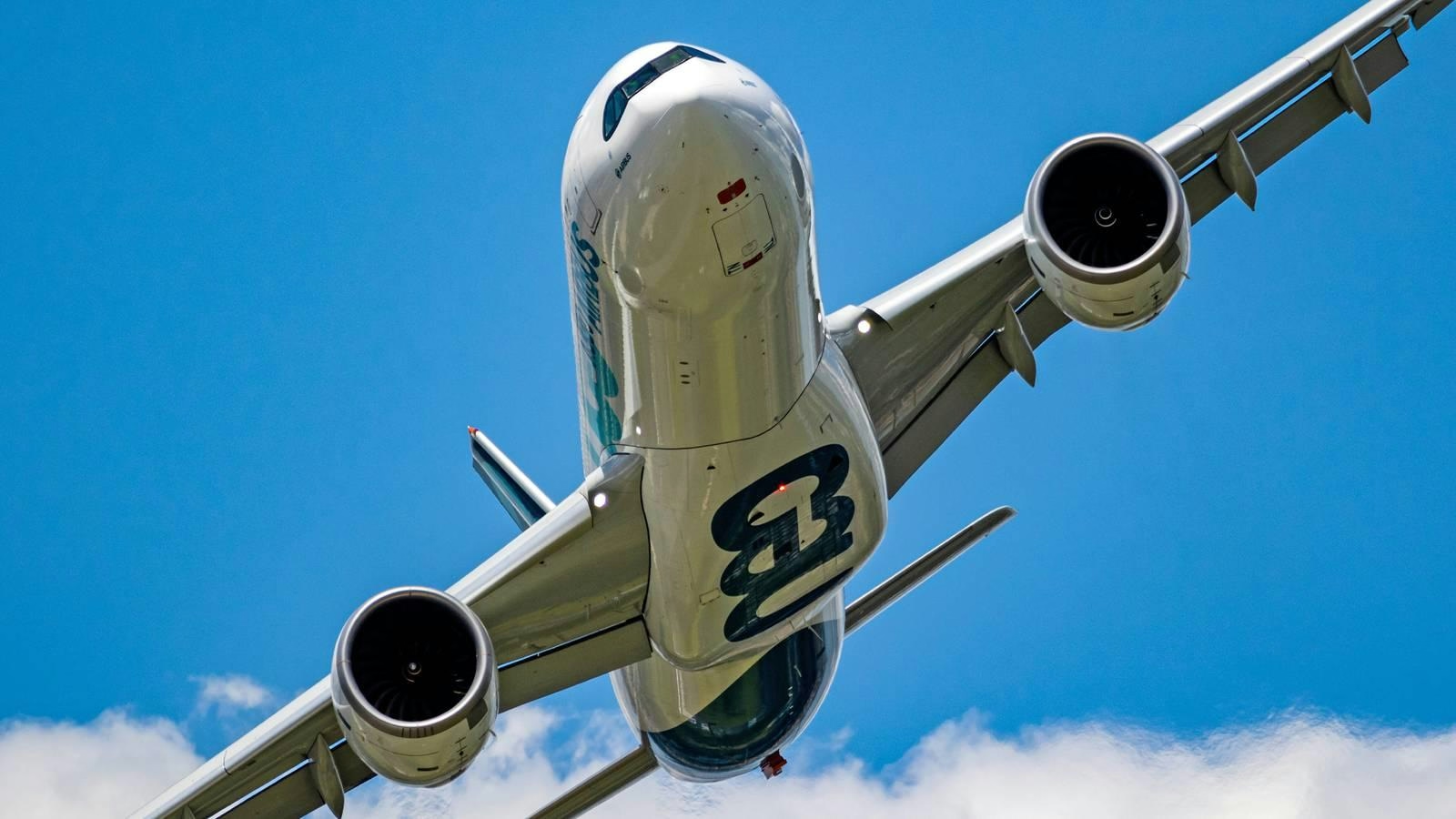
AeroGenie — Seu copiloto inteligente.
Tendências
Categories
Vertical Aerospace Shares Drop After Discounted Share Sale Announcement
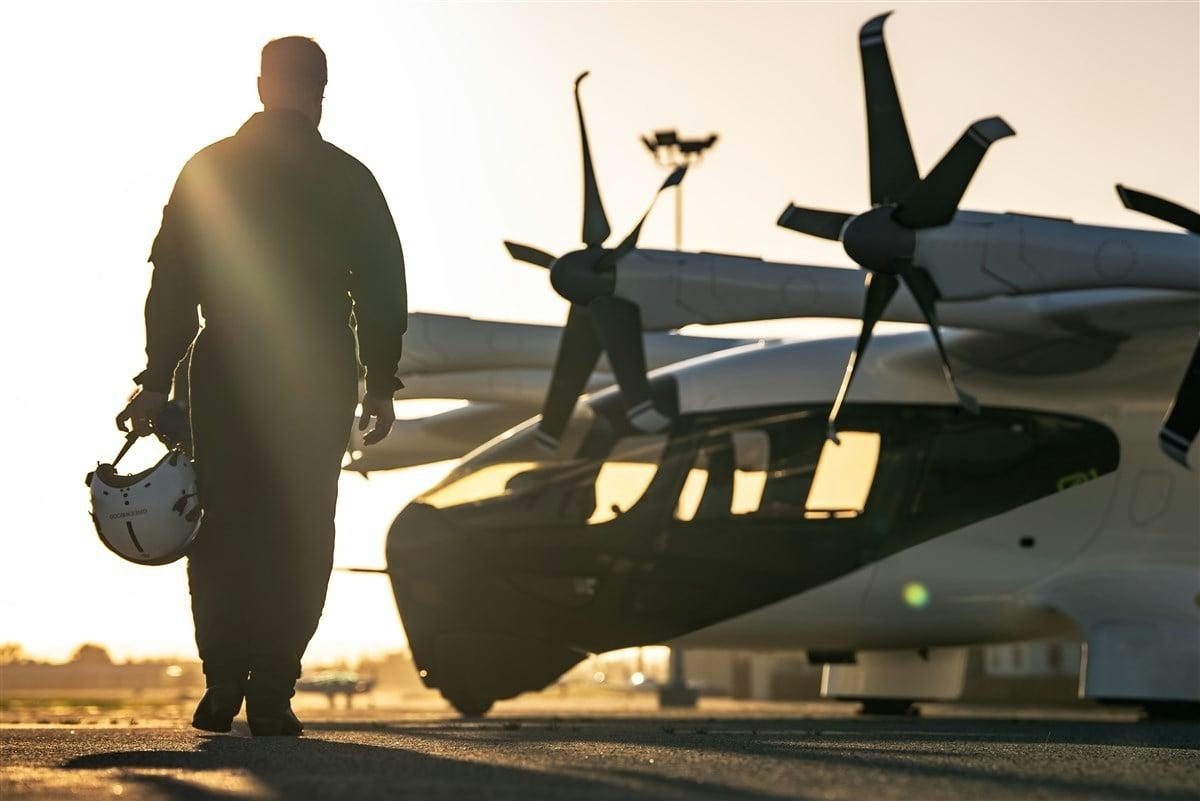
Vertical Aerospace Shares Decline Sharply Following Discounted Stock Offering
Shares of Vertical Aerospace (EVTL), the British manufacturer of battery-powered aircraft, fell by 30% on Wednesday after the company announced a public stock offering aimed at raising $60 million. The shares were priced at $5 each, representing a significant 28% discount from Tuesday’s closing price of $6.95. This steep markdown has intensified investor concerns regarding the company’s financial health amid ongoing difficulties in the electric vertical takeoff and landing (eVTOL) industry.
Details of the Offering and Market Context
The offering is being managed by underwriters Deutsche Bank Securities and William Blair, who hold a 30-day option to purchase an additional 1.8 million shares, potentially generating an extra $9 million. Vertical Aerospace indicated that the capital raised will be allocated toward research and development, expanding testing and certification capabilities, and general corporate purposes.
This fundraising effort occurs against a backdrop of significant challenges in Europe’s eVTOL sector. Several prominent startups have struggled or exited the market, with companies such as Lilium collapsing and Volocopter being sold. Vertical Aerospace remains the sole credible air taxi startup in the region, while U.S. competitors like Archer and Joby Aviation continue to gain traction and are widely regarded as leaders in the race to commercialize advanced air mobility.
Strategic Partnerships Amid Market Pressures
In an effort to bolster its market position, Vertical Aerospace has pursued strategic collaborations. The company recently expanded its partnership with Bristow Group to accelerate the deployment of air taxi services and strengthened its relationship with Honeywell to certify critical aircraft systems. Additionally, Vertical counts major airlines—including American Airlines, Japan Airlines, and GOL—as customers and collaborates with industry partners such as GKN and Leonardo.
Despite these initiatives, investor confidence remains fragile. Vertical Aerospace’s shares have declined by more than 60% year-to-date, reflecting ongoing doubts about the company’s capacity to compete effectively in a rapidly evolving and increasingly competitive market for electric air taxis.
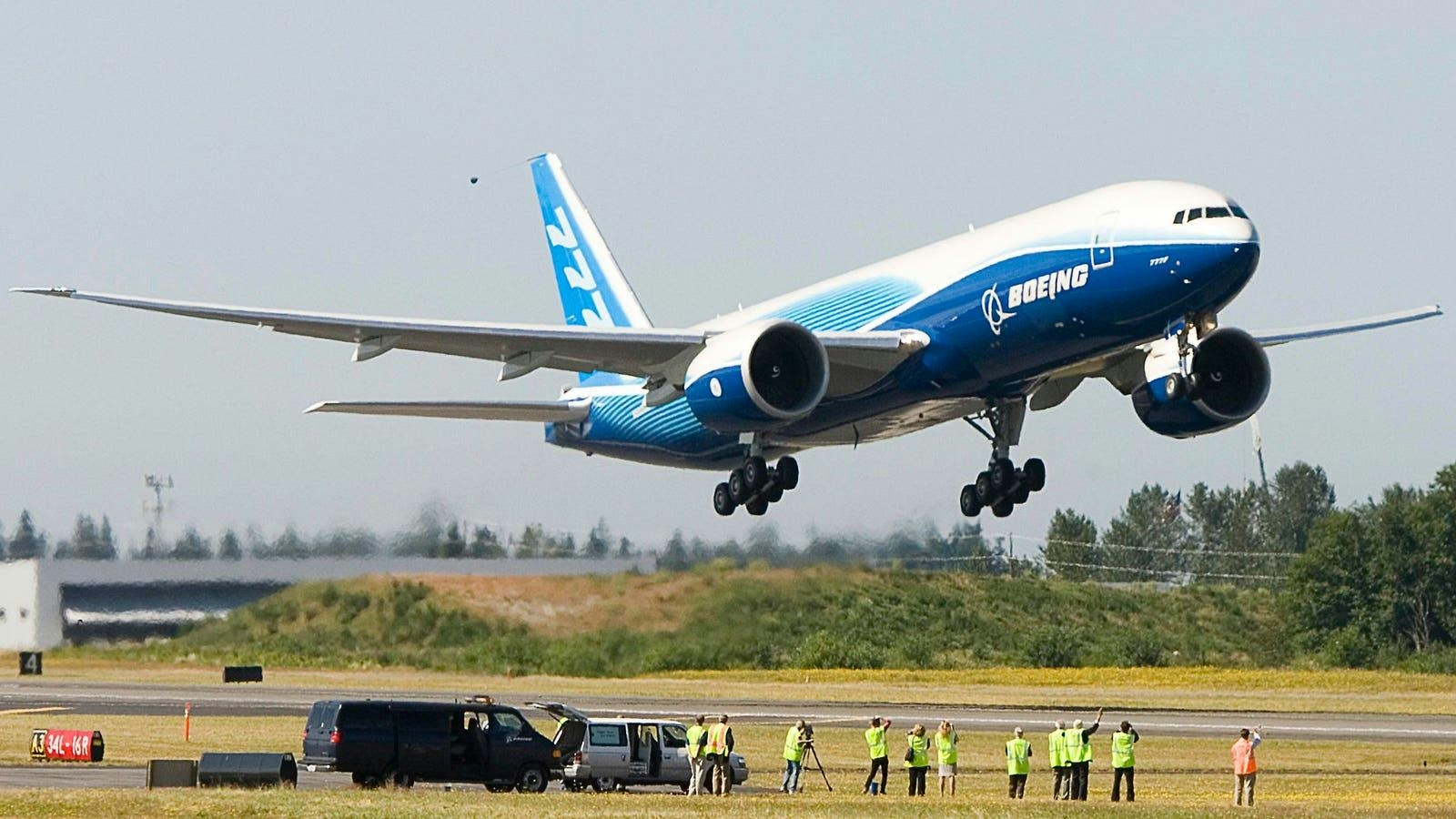
New Aircraft to Succeed the Boeing 777-200LR
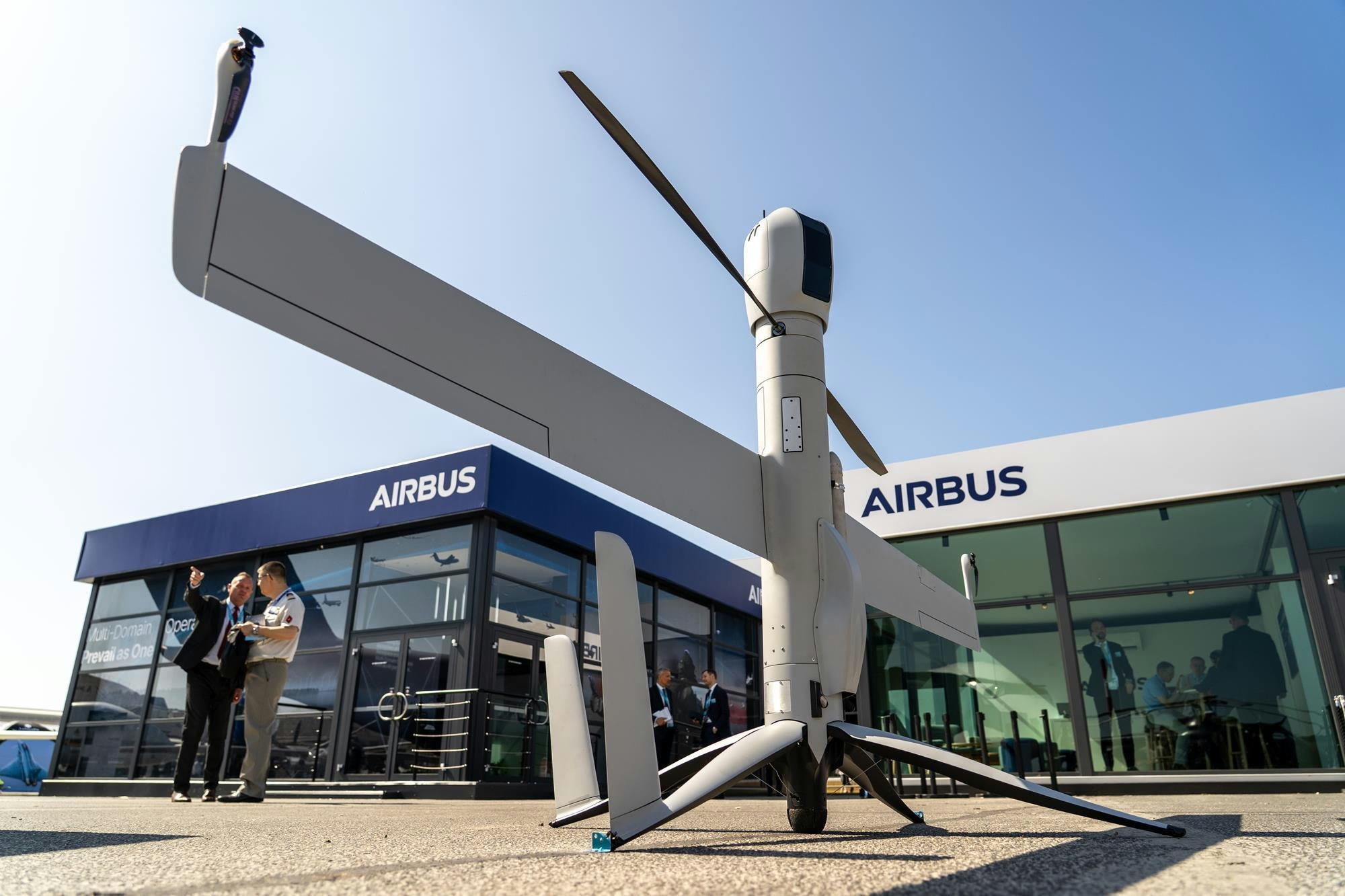
Uzbekistan Becomes First in Central Asia to Order Airbus Flexrotor Drones
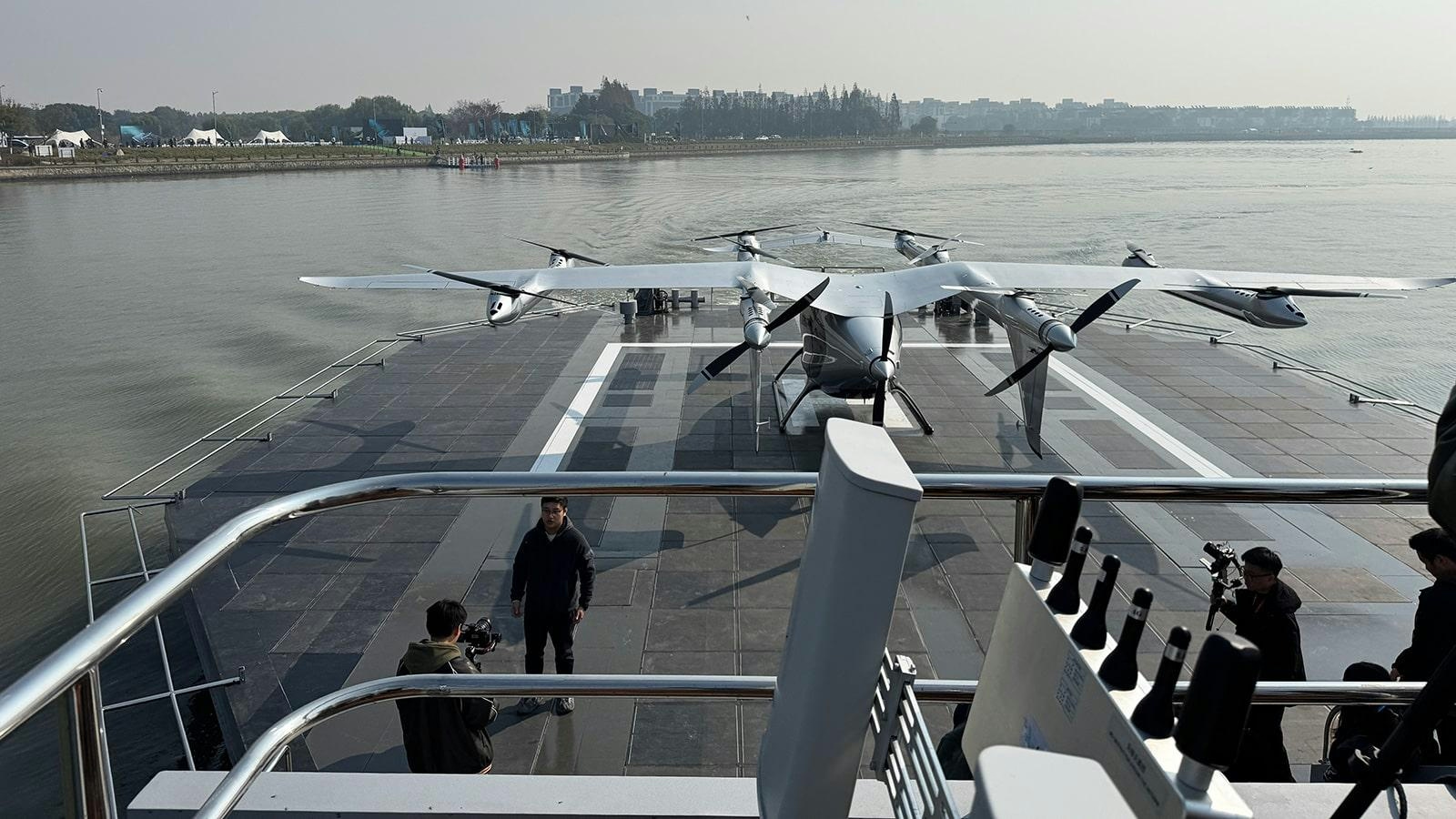
AutoFlight Unveils Zero-Carbon eVTOL Water Vertiport

SmallRig Partners with Photographer Chen Cheng to Advance Aerial Imaging
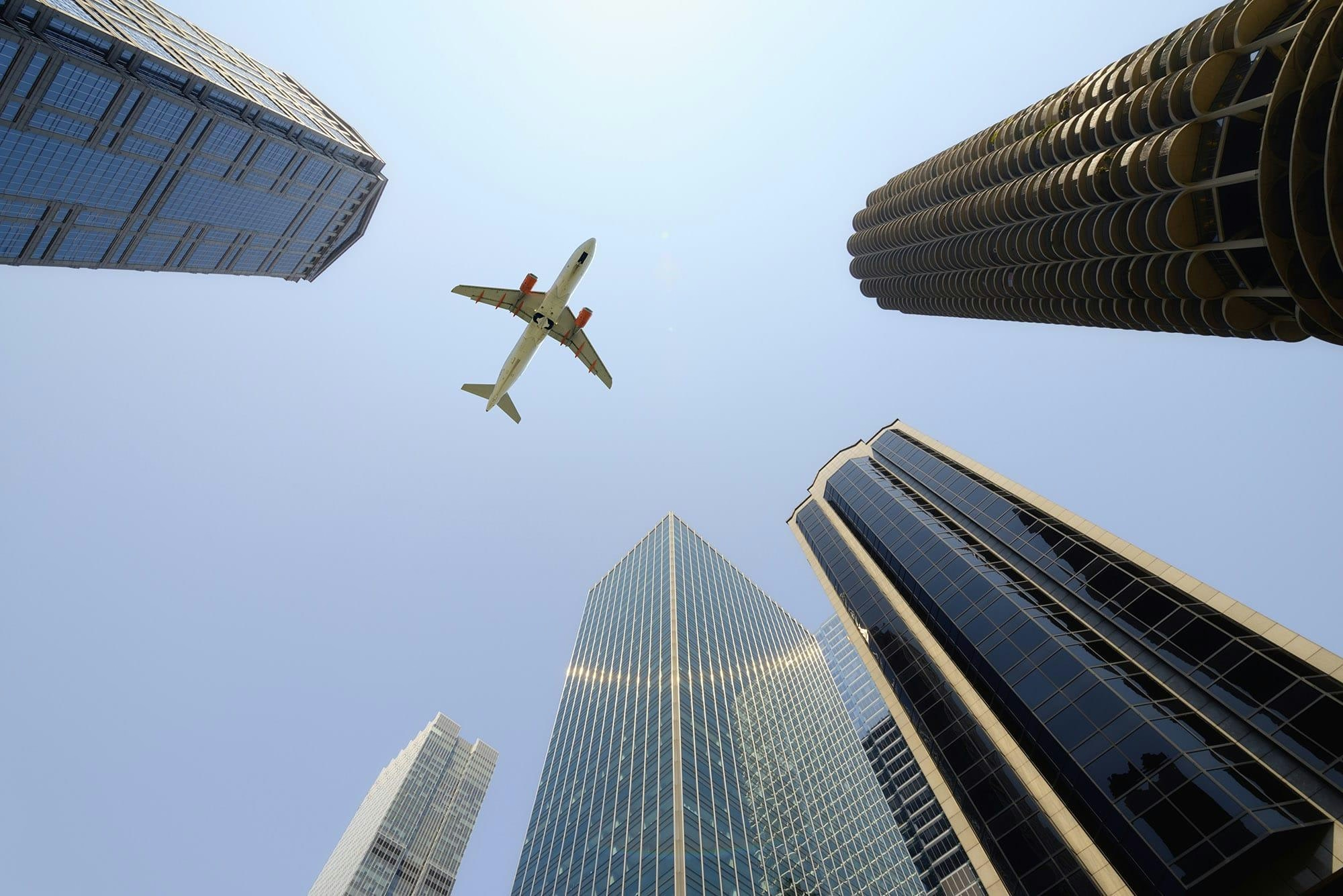
Aviation Lease Rates Hit Record High
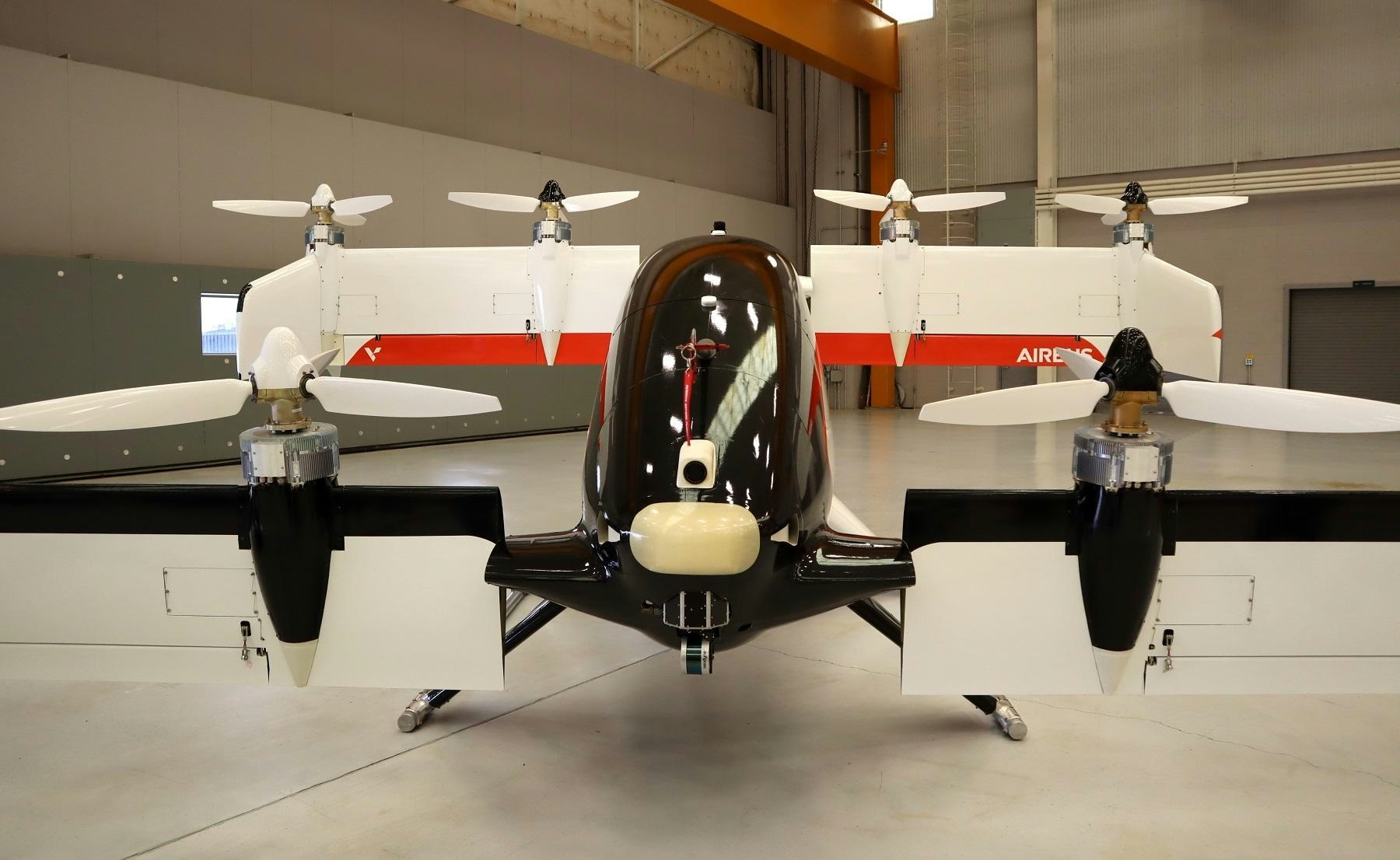
Inside a Four-Seater Flying Taxi Designed for Future Pilotless Flights
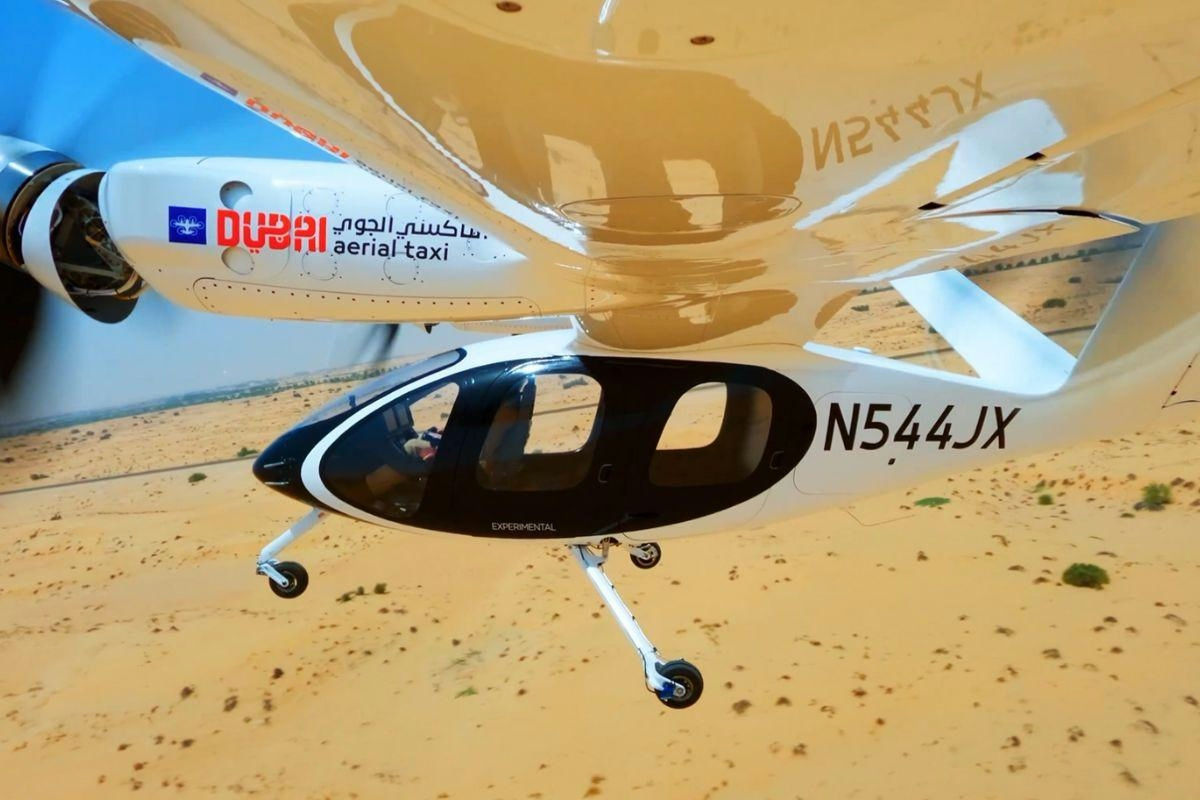
Dubai Prioritizes Public Safety Ahead of 2026 Air Taxi Launch
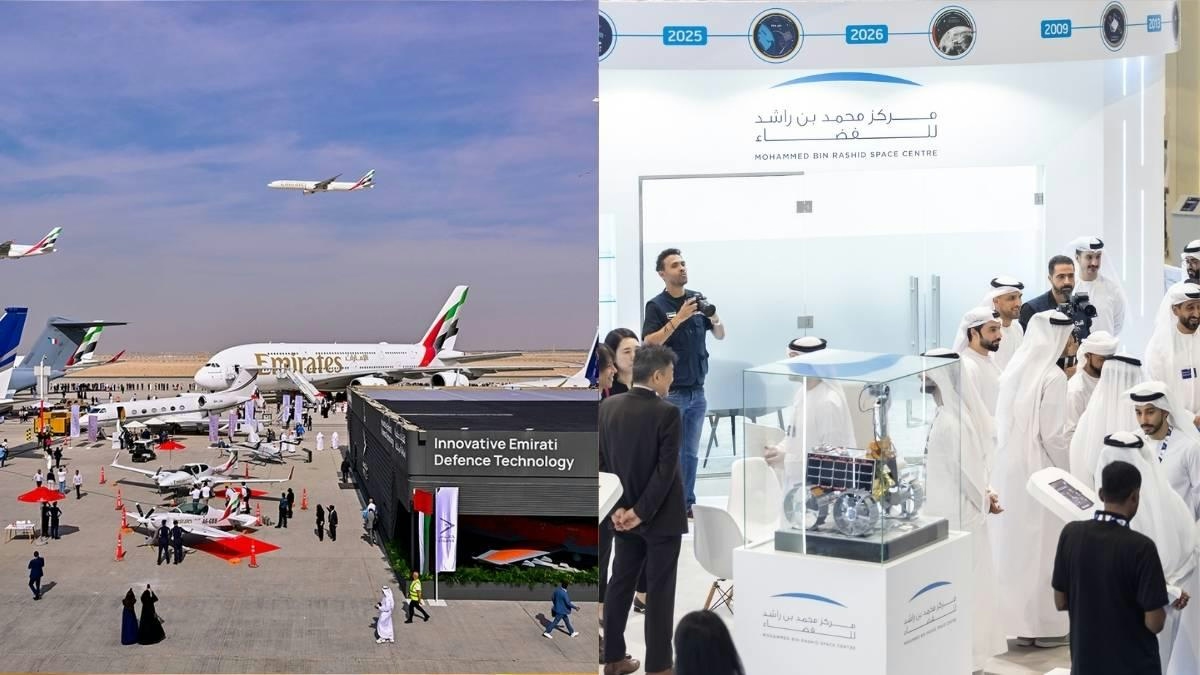
Emirates Airlines Unveils Major Initiatives at Dubai Airshow
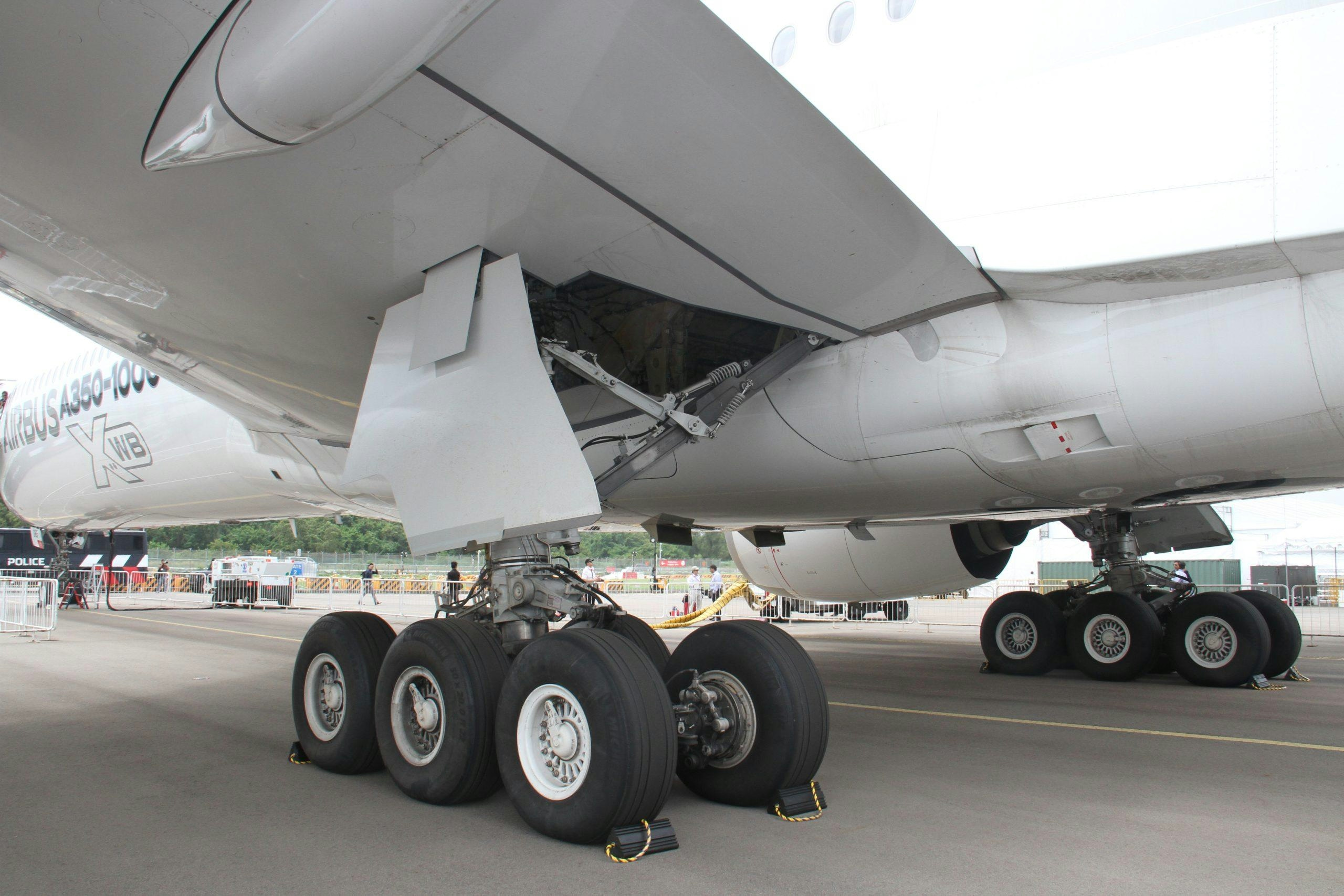
Why Airbus Markets the A350 as a Long-Range Leader
